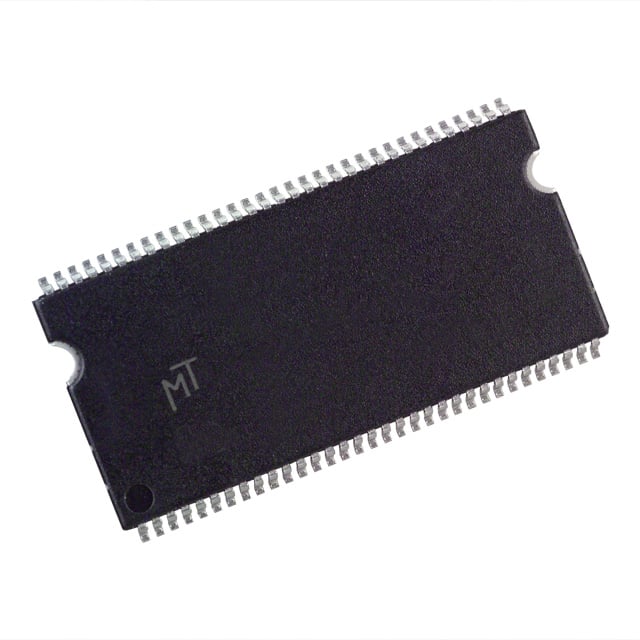The Ministry of Industry and Information Technology released mobile phone image and video stabilization performance standards: jointly formulated by H
 2022-04-25 11:32:20
2022-04-25 11:32:20  871
871Abstract: News on April 4, according to Chinanews.com, China's Ministry of Industry and Information Technology issued the first "Mobile Terminal Image and Video Stabilization Performance Technical Requirements and Test Methods" on the 25th, which is also the mobile phone and other mobile terminal camera anti-shake communication industry standard, suitable for global brand mobile phone manufacturers in China sales of mobile phones and mobile terminal equipment.

News on April 4, according to Chinanews.com, China's Ministry of Industry and Information Technology issued the first "Mobile Terminal Image and Video Stabilization Performance Technical Requirements and Test Methods" on the 25th, which is also the mobile phone and other mobile terminal camera anti-shake communication industry standard, suitable for global brand mobile phone manufacturers in China sales of mobile phones and mobile terminal equipment.
According to the announcement on the website of the Ministry of Industry and Information Technology on the same day, the industry standard specifies the technical requirements, test environment and test methods for image and video stabilization performance of mobile terminal camera equipment, and is applicable to mobile terminals with camera or camera image stabilization function (anti-shake technology type is OIS, EIS, comprehensive image stabilization or other technical type products). According to the announcement, other equipment can also be used as a reference.
According to the 5G standard, the number of built-in antennas in different frequency bands is large, and the combination of multiple cameras of the mobile phone often accounts for a large area of the mobile phone, at the same time, this area also contains voice components, multi-frequency magnetic field interference, etc., testing the overall layout and stacking of the internal components of the mobile phone, and the magnetic interference of the multi-camera and multi-image stabilization camera is one of the technical challenges of the internal stacking of mobile phone devices in the 5G era. The traditional camera module has a very weak ability to resist magnetic interference. The development of optical image stabilization technology has better solved the interference problem caused by 5G antennas and multiple cameras, and filled the existing technical gap in China.
It is reported that the above industry standards were formulated by the China Academy of Information and Communications Technology and Apayyi Optoelectronics Technology Co., Ltd. and Huawei, OPPO, vivo, Samsung and other mobile phone manufacturers over a period of four years, which has strong industry guiding significance.
At present, there are two main anti-shake methods used in mobile phones, including OIS optical image stabilization and EIS electronic image stabilization. The optical image stabilization system is to compensate for the shaking of the camera during shooting by moving the position of the lens group or sensor, so as to achieve the function of shock absorption and image stabilization, so that the shooting picture is clear and stable. Its stabilization effect is better than electronic image stabilization, but the disadvantage is that it is costly, power-intensive, and requires a certain amount of space. Electronic image stabilization system refers to the realization of anti-shake function through electronic technology, through the analysis of blurred images, the use of algorithms to compensate for the image, but at the expense of picture clarity.
Hong Hangqing, chairman of the board of directors of the industry standard, said that when taking photos of mobile phones, due to dynamic objects, hand shaking, dark light and other factors, there may be photography or shooting blurry, the traditional focusing speed is slow, optical image stabilization and fast autofocus technology can lock and focus the photographed object within 6 milliseconds, greatly improving image quality, and greatly reducing the computing pressure of AI software. He said that Chinese enterprises are also in a leading position in the world around the research and development of liquid lens technology and products, and have carried out the patent layout of liquid lens related to it earlier, and now have a number of related invention patents, which can bring consumers a better shooting experience in variable macro and telephoto.
Source: China News Network, Fast Technology








